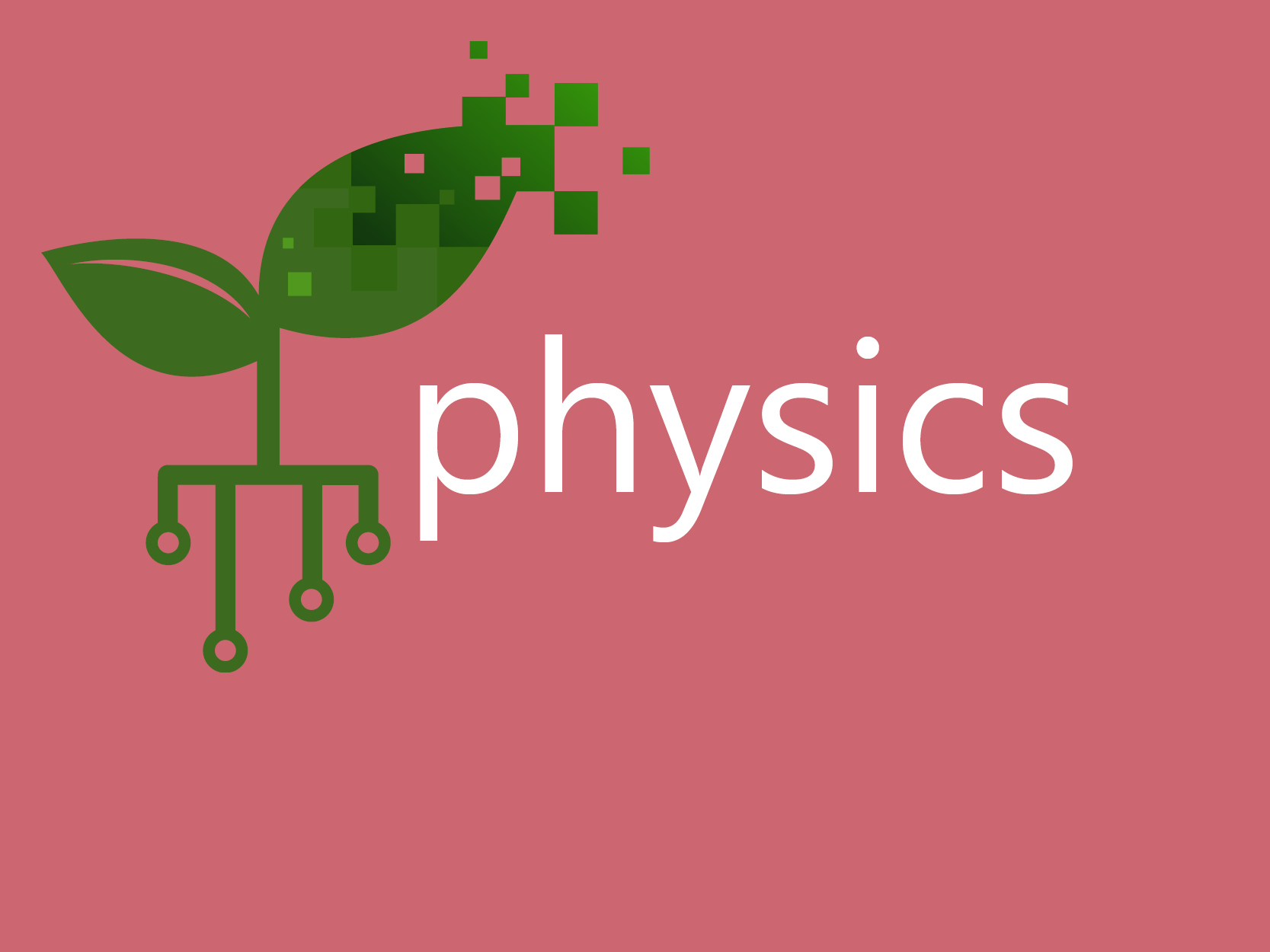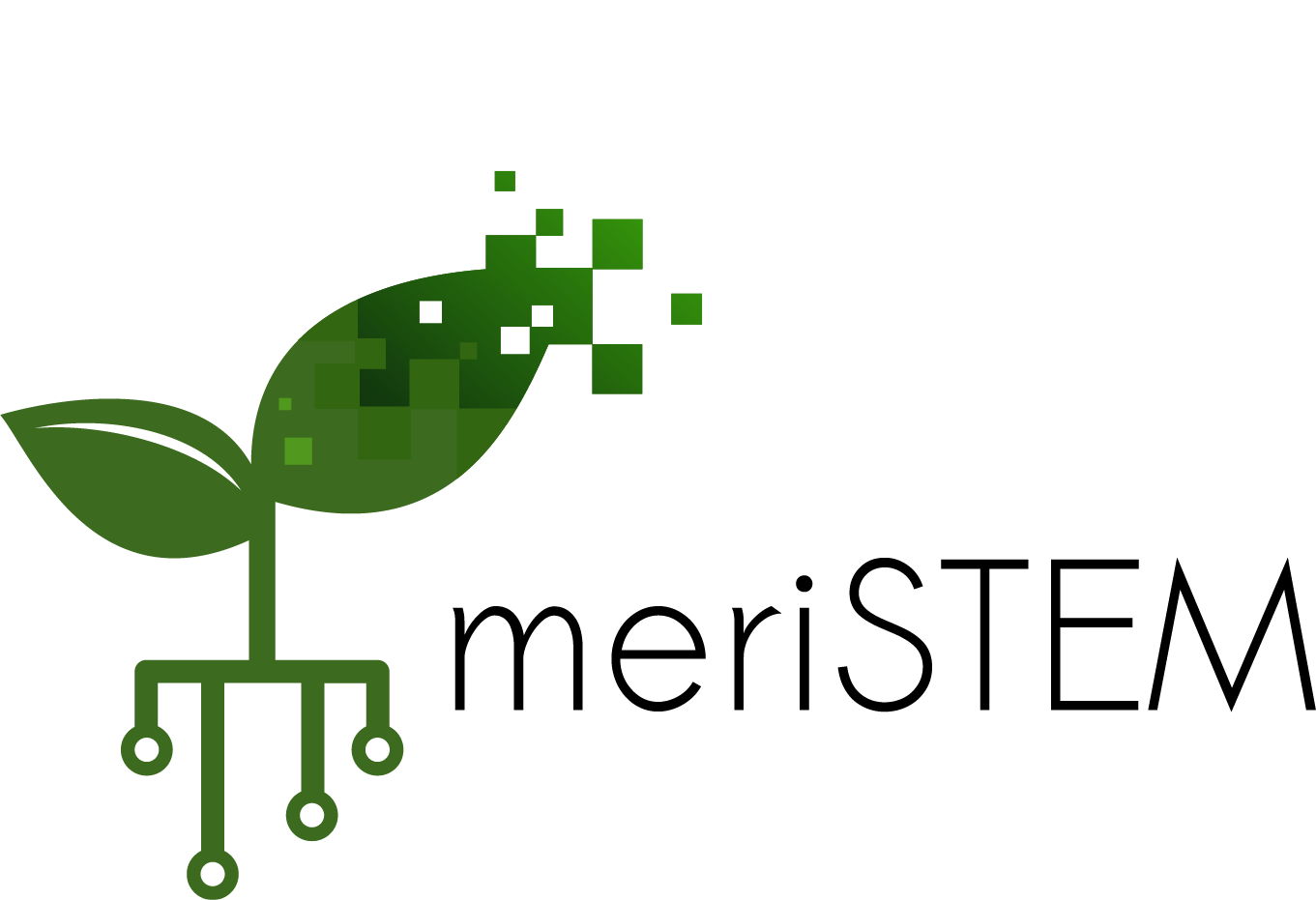Senior Physics – Victoria

The current syllabus in Victoria is different in content and sequence to the Australian Curriculum however there is overlap with the national curriculum.
These are example schedules to demonstrate the content of the meriSTEM online course as it might map to the Victorian curriculum.
Unit 1
| VIC Area of study | VIC sub-topic | Use meriSTEM Module | Use meriSTEM sub-topics | Australian Curriculum Physics Science Understandings |
|---|---|---|---|---|
| 1.1 Thermodynamics principles | (all) | Thermal Physics | 1. Temperature 2. Heat 3. Heat transport 4. Kinetic Theory 5. Using Energy | 22, 23, 24, 25, 39, 60, 67, 68, 69, 70, 71, 72, 73, 74, 75, 76, 77, |
| 1.2 Electricity | (all) | Electrical Physics | All [1. What are circuits? 2. Charge and current 3. Energy in a circuit 4. Voltage and current 5. Power 6. Resistance and Ohm’s Law 7. Circuit analysis] | 37, 38, 39, 40, 41, 42, 43, 44 |
| 1.3 Matter | Origins of atoms | Cosmology | 1. Introduction to electromagnetism, 2. Electric fields, 3. Coulomb’s law | NA |
| Science Skills | Units, Measurement, Significant Figures, Scaling and Estimates | |||
| Particles in the nucleus | Nuclear Physics | 1. Nuclear composition , 2. Nuclear stability, 3. Unstable nuclei and decay processes, 4. Nuclear half lives | 26, 27, 29 | |
| The Standard Model | 1.Introduction to sub-atomic particles, 2. Leptons, Hadrons and Quarks, 3. Reactions | 141- 147 | ||
| Energy from the atom | Nuclear Physics | 5. Nuclear energies and masses, 6. Nuclear reactions, 7. Nuclear power, 8. Binding energy, 9. Ionising radiation | 29, 30, 31, 33, 34, 35, 36, 37, 38, 39 | |
| The Standard Model | 4. Sub-atomic interactions and fields, 5. Cosmology and the standard model, 6. Modern particle physics | 141-147 |
Note. As this course was designed around the Australian Curriculum, currently the course does not yet explicitly cover:
- Thermodynamics and climate science
- Issues related to thermodynamics
- Classroom investigations
- Electrical safety
Unit 2
| VIC Area of study | VIC sub-topic | Use meriSTEM Module | Use meriSTEM sub-topics | Australian Curriculum Physics Science Understandings |
|---|---|---|---|---|
| Motion | (all) | Mechanics | All [1. Motion (ACSPH053, 54, 60, 63), 2. Forces and motion (ACSPH053, 54, 61, 62, 63), 3. Momentum (ACSPH054, 63, 64), 4. Energy and work (ACSPH063, 65, 66) | ACSPH053, 54, 60, 63, 61, 63, 64, 65, 66 |
| Study Area option | 2.1: What are stars? | Waves and Optics | 1. Introduction to waves | 67, 68, 69, 70 |
| Electromagnetism | 8. Electromagnetic waves | 112,113 | ||
| 2.2: Is there life beyond Earth’s Solar System? | Electromagnetism | 8. Electromagnetic waves | 112,113 | |
| Quantum Mechanics | 3. Atoms and atomic spectra | 123, 135, 138, 139 | ||
| 2.6: How do fusion and fission compare as viable nuclear energy power sources? | Nuclear Physics | 7. Nuclear power | 33, 34 | |
| 2.7: How is radiation used to maintain human health? | Nuclear Physics | 3. Unstable nuclei and decay | 26, 27, (Chemistry 22) | |
| 2.8: How do particle accelerators work? | The Standard Model | 3. Modern particle physics | 146, 147 | |
| 2.9: How can human vision be enhanced? | Waves and Optics | 5. Optics | 75, 76 | |
| 2.10: How do instruments make music? | Waves and Optics | 2. Wave properties | 68, 69, 70, 71, 72, 73 |
Note. As this course was designed around the Australian Curriculum, currently the course does not yet cover:
- Torque
- Springs
- Impulse
Unit 3
| VIC Area of study | Use meriSTEM Module | Use meriSTEM sub-topics | Australian Curriculum Physics Science Understandings |
|---|---|---|---|
| Fields | Gravity and Motion | 1.Introduction 2. Gravity in space and on earth , 4. Fields and energy | 87,93,94,95,97 |
| Electromagnetism | 1. Introduction to electromagnetism, 2. Electric fields , 3. Coulomb’s law , 4. Magnetism 5. Magnetic fields | 102, 103, 104, 104, 106 | |
| Electrical energy | Electromagnetism | 6. Magnetic forces, 7. Induction (Applications of the motor affect) | 108, 109, 110, 111 |
| Motion | Gravity and Motion | 3. Projectile motion, 4. Uniform Circular Motion , 5. Space old and new | 97, 99, 100, 101 |
| Special Relativity | All [1. Galilean relativity, 2. Galilean relativity on a train, 3. Frame transformations, 4. The postulates of special relativity, 5. Time dilation, 6. Relativity of simultaneity , 7. Length contraction, 8. Concluding remarks, 9.Paradoxes: Muons, 10. Paradoxes: Bell’s spaceships, 11. Paradoxes: The relativistic limo, 12. Relativistic momentum | 129, 130, 131, 132, 133, 134 |
Unit 4
| VIC Area of study | Use meriSTEM Module | Use meriSTEM sub-topics | Australian Curriculum Physics Science Understandings |
|---|---|---|---|
| 1.1 Properties of mechanical waves | Waves and Optics | 1. Introduction, 1.2 Wave properties, 2. Wave properties | 67, 68, 69, 70, 71, 72, 73 |
| 1.2 Light as a wave | Waves and Optics | 6. Magnetic forces, 7. Induction (Applications of the motor affect) | 108, 109, 110, 111 |
| 2. Light and matter | Quantum Mechanics | 1. Double Slit experiment 2. Origins of quantum mechanics, 3. Atoms and atomic spectra, 4. Quantum mechanics describes everything | 135, 136, 137, 139, 140 |
- Doppler effect
- Colour dispersion in prisms
- Analysing experimental data
- production of light in lasers, synchrotrons, LEDs and incandescent lights

